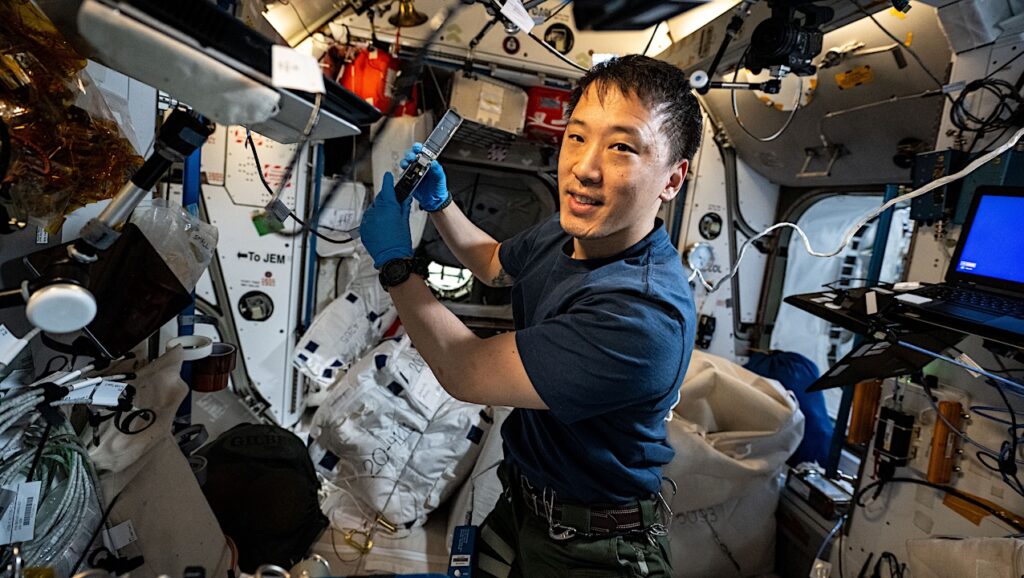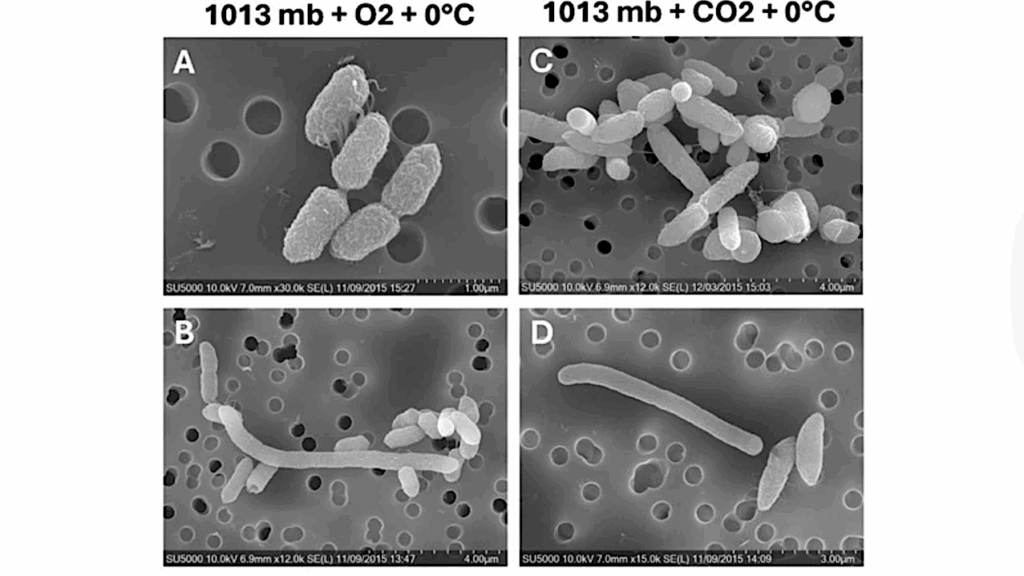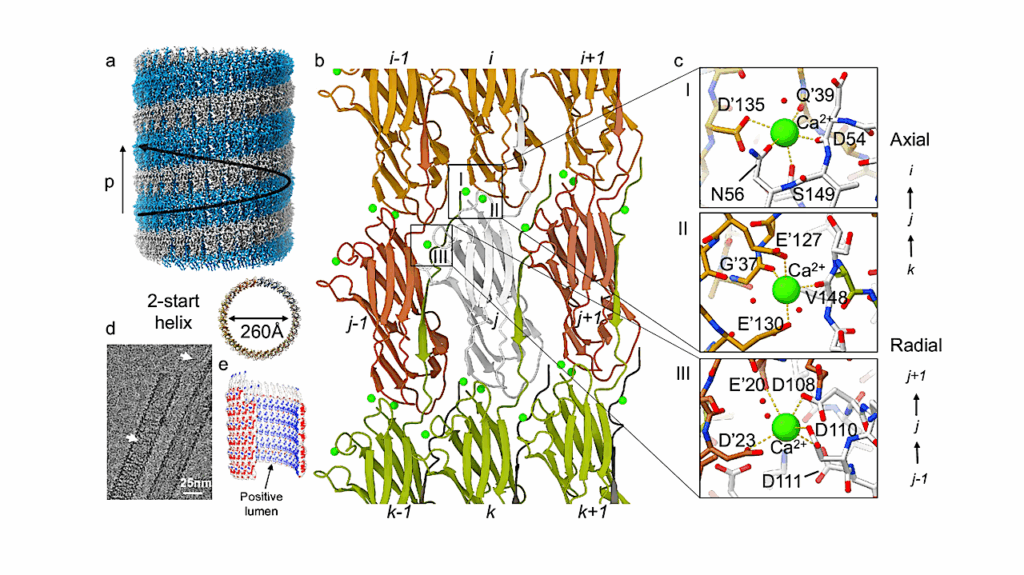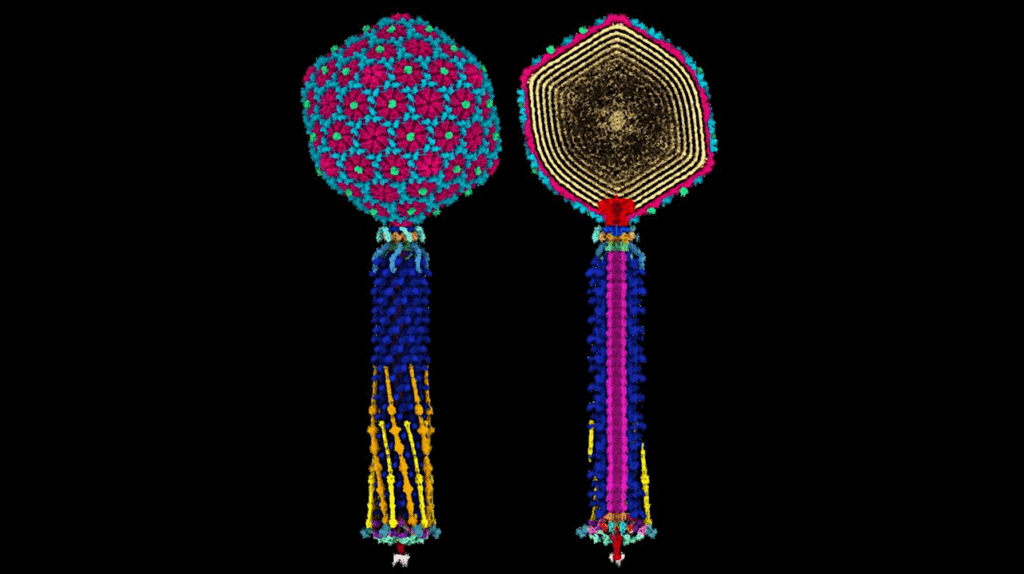Offworld Biotechnology Glovebox Operations: DNA Nano Therapeutics-Mission 2
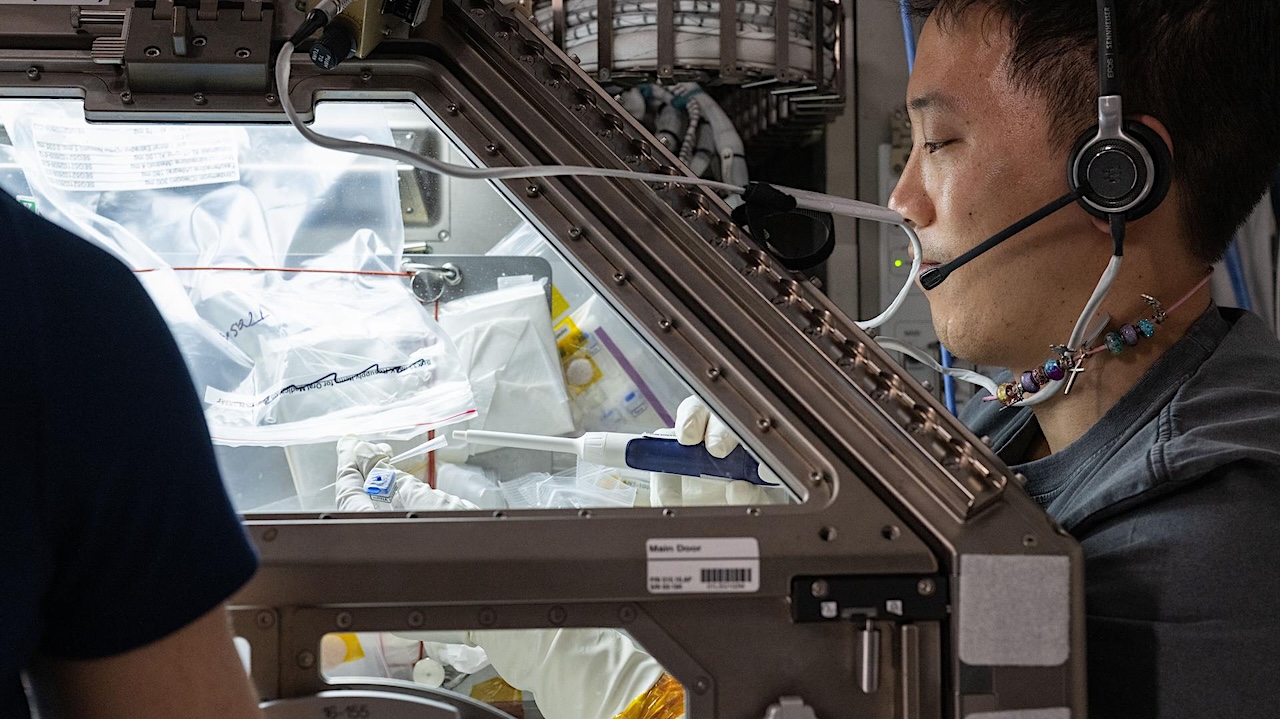
Working in the space station’s Microgravity Science Glovebox, NASA astronaut Jonny Kim mixes proteins with Janus base nanomaterials, small molecules that mimic DNA base pairs, for DNA Nano Therapeutics-Mission 2.
This investigation builds on previous work and aims to develop in-space manufacturing of nanomaterials that are less toxic, more stable, and more biocompatible than current drug delivery technologies. Better, more advanced drugs and easier methods for delivering them could improve quality of life for patients in space on Earth.
Biomimetic Fabrication of Multi-Functional DNA-Inspired Nanomaterials via Controlled Self-assembly in Space (DNA Nano Therapeutics- Demo 2) evaluates the in-space manufacturing of nanomaterials that mimic DNA. These nanomaterials have potential applications for delivering therapeutics and vaccines and in regenerative medicine, but current manufacturing options have significant limitations, including high toxicity, low stability at room temperature, and poor biocompatibility. This investigation could help advance in-space manufacturing of a family of DNA-inspired nanomaterials
Astrobiology, space life science, space biology, ISS, biosafety, genomics,


